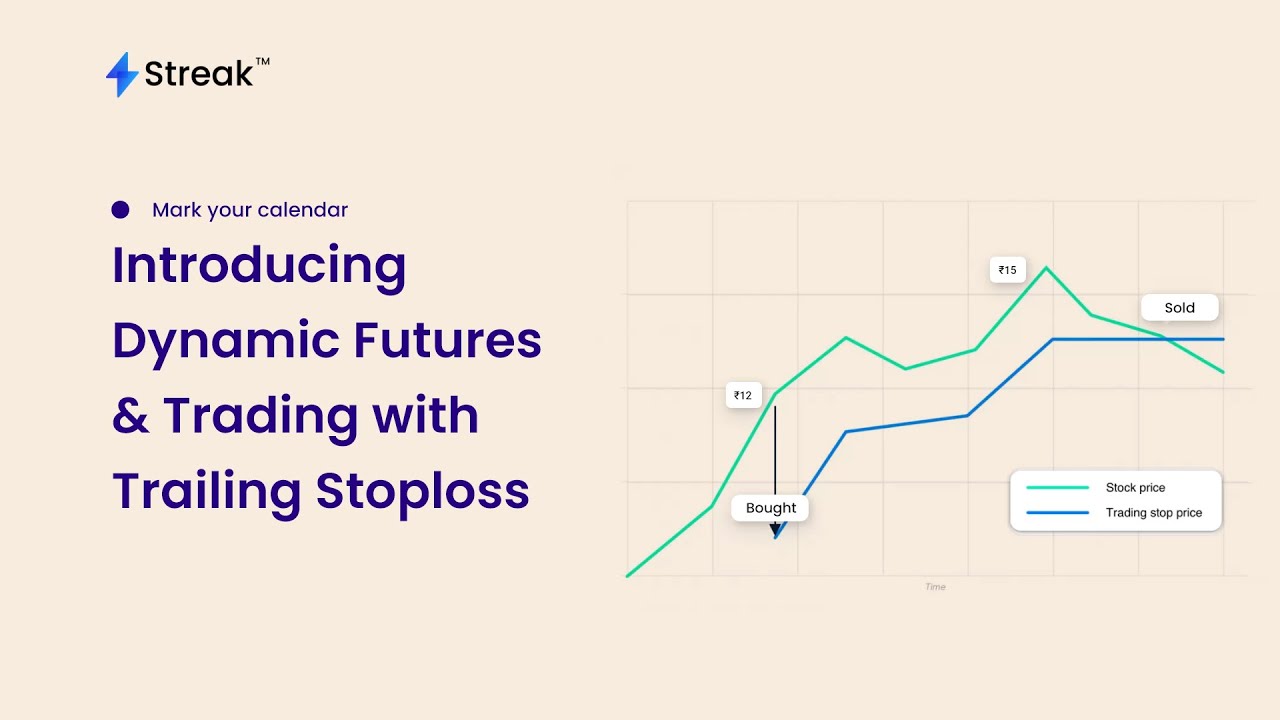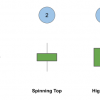Why Learn Futures Trading?
Short positions in equities cannot be carried overnight. However, futures allow us to do that. Trading in indices is also possible due to futures. Since short selling is simpler with Futures hence traders can take bets on both sides of the market easily. Futures inherently provides good amount of leverage. It is easier to understand and trade even for a beginner. It enables you to trade in currencies and commodities markets.
What is a Futures Contract?
Futures contract is a derivative instrument. It derives its value from some other underlying asset. The asset could be an index, a stock, commodity, currency etc. In simplest terms, it is an agreement between two parties to exchange a good (The underlying) at a fixed price in future. Future contracts have evolved from forward contracts. So lets see an example of forwards contract first and then understand the nuances between them.

In this example, we are considering two parties. A potato farmer and a chips factory. To grow the potatoes, the farmer needs to invest in fertilizer, seeds labor etc. As per the current market rates, he can turn a profit with these expenses. However if the prices of the potato fall by the time of harvest, the farmer can also incur a loss.
The factory will make a loss or less profits if the prices of the potato goes up in the future as the cost of raw material will increase for the factory. Hence both decide to enter an agreement to trade the potatoes with each other after 3 months but at the price which is prevailing today in the market. With this agreement, they are able to mitigate the risk due to price fluctuations.
You may also refer the video explanation:
Future V/s Forward Contract

Strategy Example 1

Strategy 1 Link: https://bit.ly/futstr1
Steps to create the strategy:
Scanner Example 1

Scanner 1 Link: https://bit.ly/dyscan1
Steps to create the scanner:
What is Trailing Stoploss?
Many times, you would have seen good unrealized profits just to lose them all later and exiting the strategy in a loss. A trailing stop is an order that is used to lock in profits or restrict losses while a trade moves in the favor of the trader. If the stock advances in the trader’s favor, a trailing stop loss order adjusts the stoploss price by a certain percentage or number of points above or below the initial stoploss. Trailing stops move only in one direction i.e in the direction of the trade. They never move in the other direction. In the next slide, let’s take a look at an example to understand this better.
Example:

In this example, we are assuming:
Entry: 100
SL: 10 points
Target: 20 points
TSL: 5 points
Once we enter the trade, the stoploss price would be 90 and target would be 120. Now if the price crosses 105 (moved up by TSL amount), the stoploss will move up to 95. Similarly, if the price moves up again by 5 points (the TSL amount), the SL will also move up by the TSL amount. Finally when the price is crossing above 115, the SL is being revised to 105, locking in a profit of 5 points. The SL can move only in one direction. Upwards for long positions and downwards for short positions. The Target level remains the same throughout.
Video Explanation:
Trailing Stoploss Levels Calculations

There are three different methods to define Target and Stoploss on Streak. The amount of price movement required and the extent by which SL will be trailed. The above table shows all the calculations.
You can also use this sheet to directly carry out the calculations: https://bit.ly/tslsheet
You can also refer our detailed blog on trailing stoploss: http://35.200.218.105/trailing-stop-loss-tsl-in-streak/
Kindly refer to the video to learn more about this topic:
Strategy Example 2

Strategy 2 Link: https://bit.ly/futstr2
Steps to create the strategy:
Scanner Example 2

Scanner 2 Link: https://bit.ly/dyscan2
Steps to create the scanner:
Conclusion
Short Selling is very easy with Futures. Futures evolved from forwards contracts. Futures is easy to understand and implement. A trailing stop is an order that is used to lock in profits or restrict losses while a trade moves in the favor of the trader. Dynamic Futures on Streak allows you to create and backtest strategies on expired contracts also.
Disclaimer: The information provided is solely for educational purposes and does not constitute a recommendation to buy, sell, or otherwise deal in investments.










